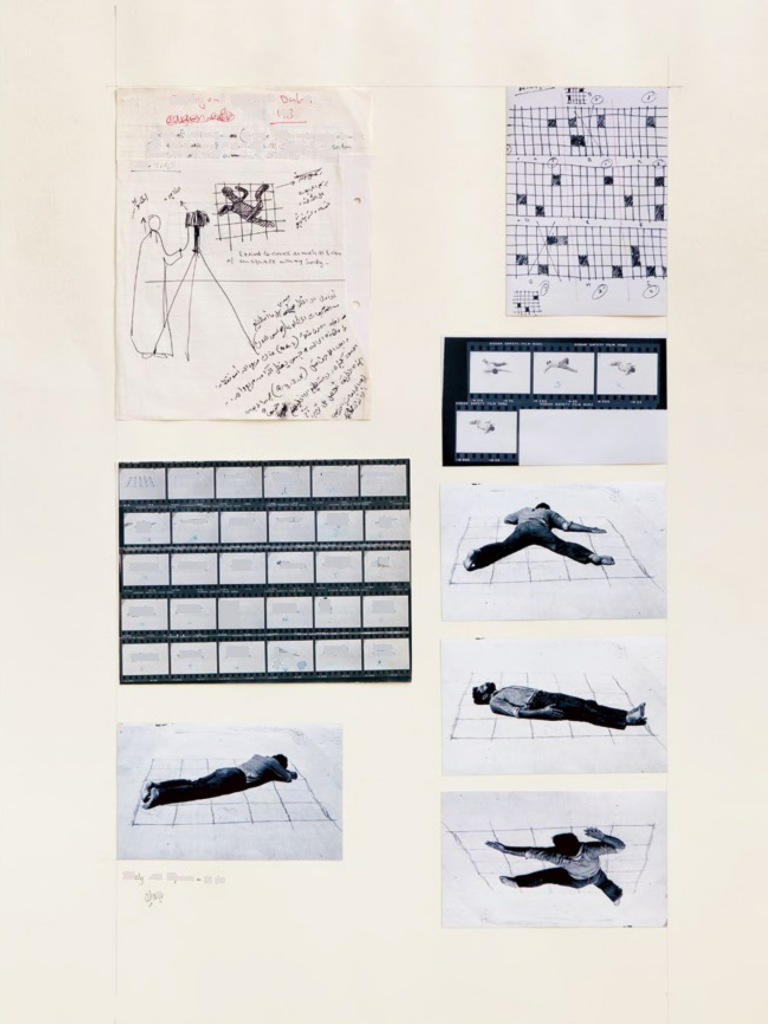He was born in 1951 in Bandar Lengeh, Iran, and died in 2016 in Dubai, United Arab Emirates
Selected works
1979-1984
A central protagonist of Conceptual art in the United Arab Emirates, Hassan Sharif left a lasting impact in the Gulf and international art scenes with his explorations of performance that pushed the limits of artistic expression. In his work he explored repetition, landscape, and the body, reflecting on contemporary society through found objects and assemblage. After graduating from the Byam Shaw School of Art in London in 1984, Sharif returned to Dubai, where he worked as an educator, mentor, and facilitator, translating art books into Arabic and helping establish art spaces such as the Al Marijah Art Atelier (1984) in Sharjah and The Flying House (2007) in Dubai. A major retrospective of his work was curated by Catherine David in 2011 at Qasr Al Hosn, Abu Dhabi, and his work was presented in the United Arab Emirates pavilion at the Venice Biennale in 2009 and 2015.
While studying in London in the 1980s, Sharif became interested in the avant-garde Fluxus movement and developed his own methodologies: intervening in the public sphere and in nature as well as developing system-based approaches to making art. His works followed the Constructivist aesthetic, giving importance to order, geometry, and composition. In the 1980s Sharif produced a series of performances that centered around simple actions, which he documented with snapshot-like photographs mounted on paper and sometimes accompanied by instructions or notes.
Among the fourteen works on view is the documentation of Throwing Stones (1983), one of Sharif’s most renowned works, in which he and a friend, fellow Emirati artist Mohammed Ahmed Ibrahim, tossed rocks into a desert landscape. Each time the rocks were thrown, a new configuration materialized and pointed to the ephemeral unpredictability of art-making. In Performance is Good (1984), Sharif sat on a bench in a hallway at his art school, and when a person walked past him, he recorded the activity within a system of rules he had outlined for himself. Body and Squares (1983) shows the artist laying on a grid drawn on the floor, calculating the multiple combinations of squares he can cover with his body. In these and other works, the artist uses his body as both subject and medium; the minimal, annotated records of the performances relay the artist’s logic, calculations, and outcomes logic, calculations, and outcomes as an interplay of chance and order.



